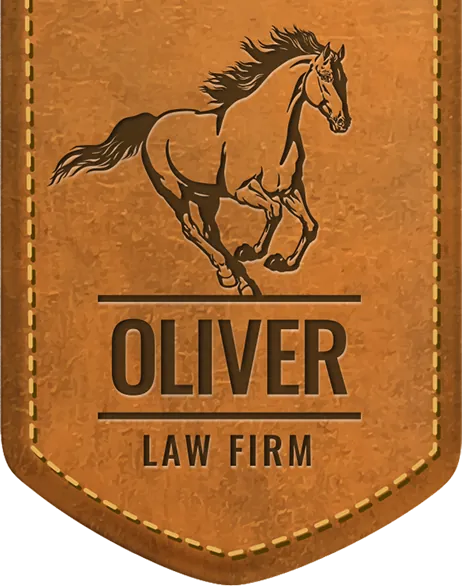
Getting to Yes by Roger Fisher, William Ury, & Bruce Patton is a book about negotiating. The subtitle is “Negotiating Agreement Without Giving In.” I had been assigned this book when I took my mediation class in law school, but as with most “optional” reading assignments, I had never gotten around to it. I’m very glad that I have been able to read it now.
There were three big keys about negotiating that really stuck out to me while reading this book. The first one is to make the problem the focus of the negotiation and not the people doing the negotiating. There’s an entire section of the book dedicated to just this theory. When we get caught up with who we’re negotiating against instead of what we’re negotiating about, it impedes our ability to get things done.
Second, negotiation is about each side’s interests more than it is about their official positions. Even though one side may say that they have a hard-line position or aren’t willing to compromise in a certain area, if we can find the motivation or “interest” behind that position, then we may be able to open the door to negotiation. Someone may take a position that they will not pay more than “x” dollars but what they’re really concerned about isn’t that amount, but just being able to please the board of directors they have to answer to. If we can find that underlying motivation and find another way to fulfill that desire, we may be able to get the person to back off of their hard-line stance.
Finally, creating a BATNA (Best Alternative To a Negotiated Agreement) and knowing exactly what is at risk if we don’t reach a compromise seems basic, but is something I’ve never thought of. Going into any negotiation everyone usually has goals and backup goals and plans for negotiating, but I’ve never thought about having a spelled-out consequence of what happens if we walk away with no agreement. Having this BATNA will always keep things in perspective when negotiating. If the BATNA is more acceptable than what is being offered, it would be pointless to take the deal. On the other hand, something less than the “goal” going into negotiations may still be better than the BATNA.
Application:
Even though Getting to Yes isn’t directly targeted at the practice of law, it is amazingly applicable. A large part of our job comes down to negotiating. Whether through mediations or settlement agreements or something else, we are negotiating almost constantly. This book has armed me to be much more affective in these negotiations. Every time I negotiate, I will develop a BATNA before the negotiation and then focus on the interests of the other side instead of just their positions. Often the BATNA will be easy to define, “go to trial,” but what exactly that means will change from case to case. Because of this book, I feel much more confident about my ability to negotiate and reach a positive outcome for our clients.
Conclusion:
Getting to Yes is an interesting and informative book. It has negotiation tools that are easy to apply to any negotiation mixed in with stories and examples of the tools being used. I would highly encourage everyone to read the book if you are interested in becoming a better negotiator in any area of life.
NOTE: Oliver Law Firm has a reading program and an office library full of many great books. Our mission is to inspire, train, and mentor our work family to improve ourselves and client services.
Oliver Law Firm, 3606 W. Southern Hills Blvd., Rogers, AR 72758.
a Free Consultation



